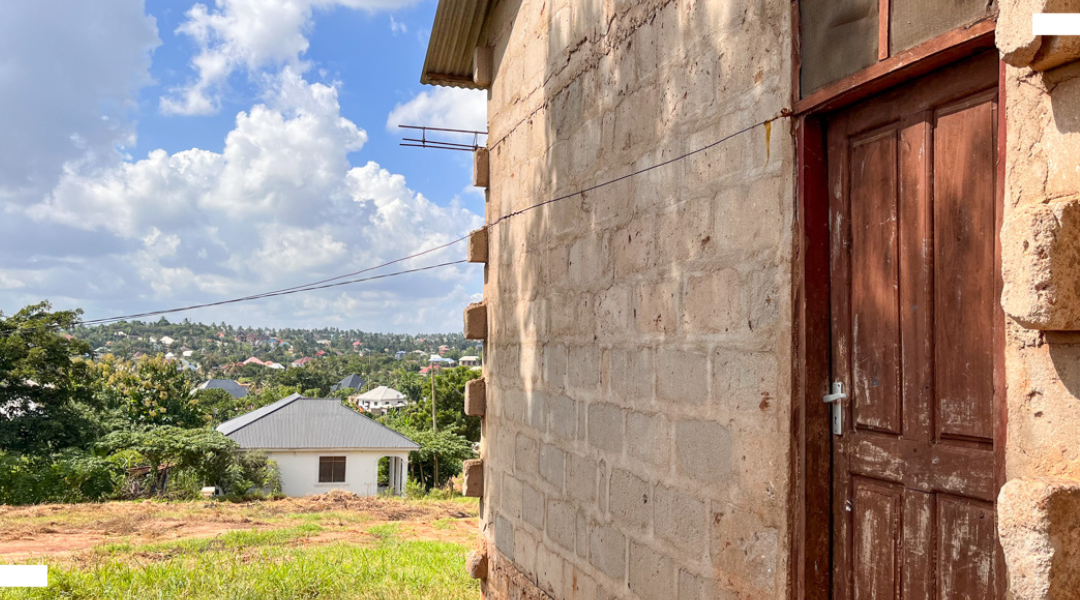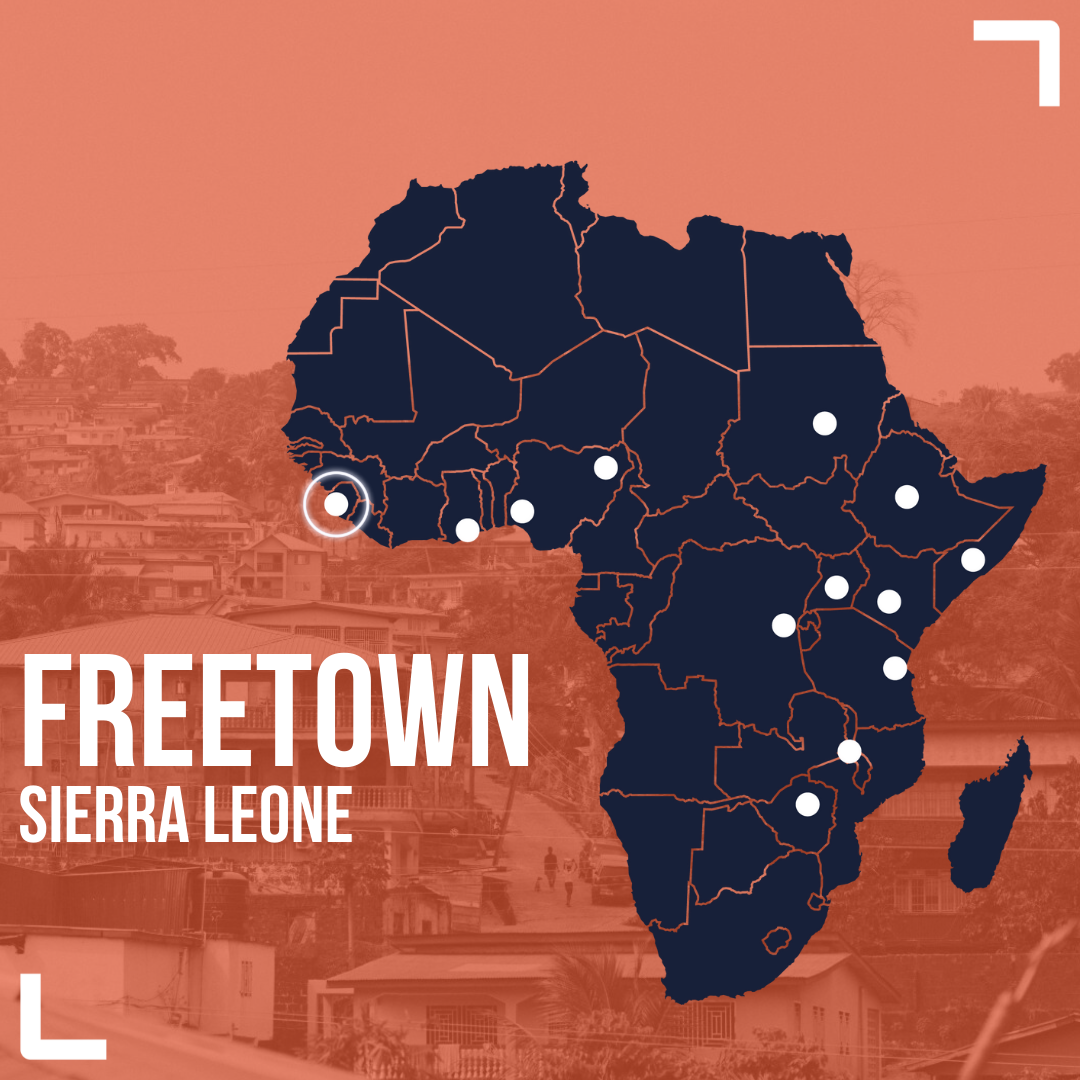Youth and capability development
Africa has the youngest population in the world, with children and young people constituting a significant proportion of the vulnerable segments of the urban population. Young urban citizens face several economic and political challenges in their transition to adulthood, which disproportionately push them to be unemployed, underemployed, informally employed, and to work in hazardous conditions.
These challenges are particularly severe in big cities, where inequality is high and young people are increasingly excluded from urban development interventions. In addition, young women face intersectional vulnerabilities based on their gender and age, exposing them to high levels of early pregnancy, gender-based violence and physical and economic insecurity.
Capability development and improving access to quality educational institutions is critical for young people to be able to make better choices and expand their access to productive employment opportunities – which is in turn vital for African cities to secure broad-based poverty reduction and prosperity. ACRC will explore the key city systems underpinning youth and capability development – including formal and informal education systems, financial services and systems, and spaces to protect children and young people – along with the political landscape that needs to be navigated in order to better connect these systems.
Header photo credit: Tim Kelsall
LATEST NEWS from ACRC

Podcast: Unpacking housing challenges in African cities
ACRC’s housing domain co-leads Alexandre Apsan Frediani and Ola Uduku join Diana Mitlin for a conversation around housing justice in African cities, drawing on insights from the seven cities studied in their report: Accra, Addis Ababa, Dar es Salaam, Freetown, Lagos, Lilongwe and Nairobi.

Nouvelle étude : Mieux comprendre les dynamiques urbaines et l’arrangement politique de Bukavu
Dans un nouveau rapport de l’ACRC, Emery Mushagalusa Mudinga, Aymar Nyenyezi Bisoka et Philippe Mulumeoderhwa Kaganda examinent comment la politique et les systèmes urbains influencent et sont influencés par les défis du développement urbain à Bukavu dans divers domaines.

New research: Understanding Bukavu’s urban dynamics and political settlement
A new ACRC report by Emery Mushagalusa Mudinga, Aymar Nyenyezi Bisoka and Philippe Mulumeoderhwa Kaganda analyses how politics and urban systems shape urban development challenges in Bukavu.





